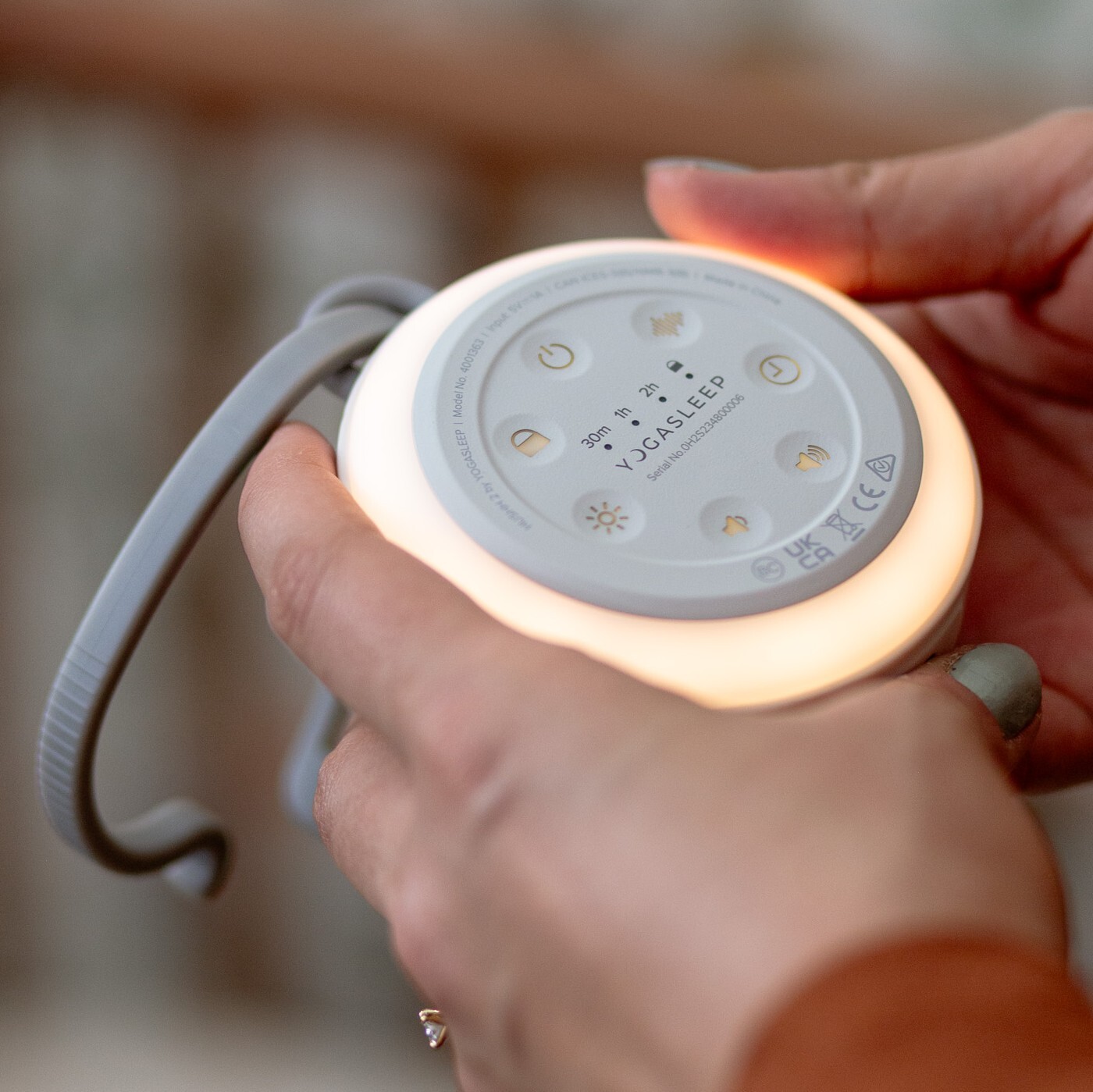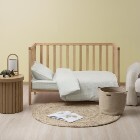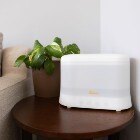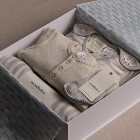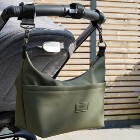Thanks to the wonderful parenting coaches at The Parenting place for their guide to toilet training!
Right up there with sleeping and feeding, toilet training is usually one of the biggest challenges that parents face in their children’s early years.
Successful Toilet Training
Things to keep in mind
Learning to use the toilet is a process. There are likely to be accidents, which may cause stress for both the parent and child. Remember that these mistakes are not misbehaviour. Stay calm and look for opportunities to encourage your child.
Sickness, the arrival of a new baby, a time of separation or a major upset in the family will often disrupt, or even regress, a child’s toilet training. Relax and start again when everything has returned to normal.
One further source of complications that can arise with toilet training is that your children are toddlers! By that I mean they can sometimes be independent, wilful and capricious. Just as they need to learn the physical skills of toileting, which get better with maturity and practice, their social and
emotional responses to toileting take time to mature and develop as well.
Beware of trying to toilet training too early. Naturally, parents want toileting sorted out as soon as possible, but there are some things you need to have in place first. It is possible to ‘jump the gun’ and start toilet training too early. Then again, if the child is showing signs of readiness, there is no point in delaying training. Physically a child is not usually mature enough until he is approximately two years old. If you wait until the summer when a child is approaching that age and put him into little trainer pants, it can usually be accomplished in a few weeks by being consistent and encouraging. Don’t be discouraged if your child isn’t ready until closer to three years.
Signs of readiness
Your child will show readiness by doing simple things like:
-
Pausing and making signs when having a bowel movement
-
Having regular bowel movements that are passed easily
-
Often staying dry for two hours at a time in the daytime
-
Waking up dry from a nap
-
Telling you when they are wet or soiled
-
Showing an interest in the process
-
Having a desire to imitate adults and be ‘grown up’
-
Liking the feeling of being clean and neat
-
Being able to undress themselves or at least pull their pants down
-
Good general health
Unless toilet training is child led (i.e. the child starts to indicate that he has some control, e.g. dry nappies, copies older children or parent etc.), attempting it before two years old can be negative and unnecessarily stressful for both of you.
Allow for stages in toilet training
Children progress through these main stages:
-
They are not aware of what they have just done
-
They are aware of just having done something
-
They are aware of doing something right now
-
They can tell you just before they go
-
They can tell you in advance that they need to go
-
They can go to the toilet or use the potty all by themselves
-
They are dry at night. This means that if they wake up needing to go, they can take care of the toileting all by themselves
Most children manage to become dry and clean during the day somewhere between two and four
years of age. On average, it takes three to four weeks of focused attention to help a child become
mainly dry and clean during the day.
Some parents find that they have rushed through these stages.
It may be necessary to go back to one of the stages and start again. The last stage (dry at night) can take much longer to achieve in some cases. This is not necessarily anything to be worried about.
Accept individual differences
Most children manage to become dry and clean during the day somewhere between two and four years of age. On average, it takes three to four weeks of focused attention to help a child become mainly dry and clean during the day.
Becoming dry at night takes a bit longer with some children not becoming dry until they are seven or eight years old. If this is true for your child, limiting fluids in the hour before bedtime and uplifting them once or twice each night will help to limit accidents while they’re developing the ability to stay dry at night. Try not to compare your child with others. They each have an individual `time clock´ and seem to do better when you are more relaxed and the pressure is off.
If your older child (over seven or eight years) is unable to remain dry at night, it is worth seeing your family doctor. Some children are simply very deep sleepers, others need help to extend their bladder capacity. Your own doctor can assess whether you need help and point you in the right direction.
Some positive expectations
It’s going to make a real difference if there is a good level of compliance already established. If your child resists you a lot of the time, it’s not going to be easy to get her to sit still on the potty. So, check that your child can take instructions regarding basic things like getting dressed, tidying toys up etc. Good general parenting practices are great foundation for successful toilet training.
Toilet training takes time and focus. Gina Ford, author of Potty Training in One Week, believes your chances of success are greatly increased by being intentional.
Some parents schedule a week or so out of their normal routine, with less pressure to get to meetings etc., and more availability to respond and follow through on their child’s requests.
Some structure, routine and predictability
Your child will have her own pattern for the times in the day when she normally wets or passes a bowel movement. You can anticipate these and offer the potty or toilet. Make the potty available after meals, before and after going out, at bath time and when they are showing signs that they need
to go.
Your child will be learning what you do with a full bladder or bowel and begin to make the association between the feeling and the action.
A story book
Invent or read a story about a child who starts using the potty or toilet. You might want to take
photos of your child engaged in each of the following steps:
-
Tell Mummy or Daddy
-
Go to the bathroom
-
Take off your pants
-
Sit on the toilet or potty
-
Try to do a wee or a poo
-
Wipe yourself (or ask for help to wipe)
-
Flush the toilet
-
Get dressed again
-
Wash your hands
Children love to look at pictures of themselves and this is a fun way of embedding the knowledge of
what’s involved in using the toilet.
Be supportive but not indulgent
Accidents in the newly trained will happen. Your response to them is important. Simply say something like “Never mind – let’s get some dry clothes.”
Anger and punishment will not help the situation – the less fuss the better. Put your energy into allowing them to help in the clean up. This will help to restore their dignity.
If your child is already toilet trained and has begun to have accidents, resist asking questions that you already know the answer to. Let your child know that he needs changing and change him.
Going number twos
This is an area that can be a big challenge in families. Some children are not happy about depositing anything in the toilet or potty. They like the security of their nappy and that is where they want to go!
You can transition through this stage by taking it step by step. Firstly, let your child go in his nappy – but start as you mean to go on. Take him to the toilet room
where the big people go.
Secondly, get them to sit on the toilet, just like the big people do. As he gets familiar with the surrounding and the language of going number twos – he will be able to relax more and eventually sit there without the nappy on.
Be patient and persistent.
General principles
You cannot physically force your child to use the toilet but you can calmly and confidently encourage them so that they want to do it.
Be a good model for hygiene and cleanliness. Show your child the importance of hand washing after using the toilet. Be encouraging as they learn this routine. A picture of a little person washing their hands stuck up on the wall serves as a great reminder.
Girls need to be shown to wipe from front to back when they have had a bowel movement. This helps prevent infections.
Atmosphere
Keep it positive and light. A young child’s attitude towards their body is learned from experiences with people who are important to them. Your interactions with your child in toilet training influence the child’s attitude towards their body and self image.
Allow time for a child to admire what they have done and enjoy your attention before flushing the toilet!
A star chart
A star chart can be very helpful in getting the traction needed for successful toilet training. Be
generous with your encouragement! The first step towards success may be a willingness to sit on the
potty. “Wow Caleb. You look like you are enjoying sitting on the potty.”
Praise all the steps towards independence. “Well done Bridey, you used the potty all on your own!”
A star chart can encourage a new focus on areas like – remembering to go on their own,
remembering to wash their hands, or doing number twos. A small reward will help with the focus!
Some extra Hot Tips
-
Have a few books and CDs that your child can listen to when sitting on the potty!
-
Let children take some responsibility for choosing when to go. The sooner a child owns this task the better.
- Keep nappies just for sleeping. Nappies send the signal that it is okay to wet or fill them at anytime, and may reduce the incentive to use the toilet or potty.
-
Use pants or trainer pants. This helps a child associate the feeling of being wet with what they have just done.
-
Dress your child in clothes that they can easily manage to undo and pull off on their own.
-
Boys love this one – put a ping pong ball in the toilet for them to aim at. Gives great incentive for wanting to go and helps keep a young one focused.
-
Allow your child to flush it away himself.
-
Have a special chair or stool to use to get up to the toilet.
-
Use a doll or large stuffed toy in role play. Imagine the doll is the child and use the doll to you through the procedures of using the toilet or potty correctly. The doll is encouraged and praised and the complete routine including washing hands is demonstrated.
-
Sing a special song or make up your own ‘rap’ that accompanies any part of the toilet routine. This can work really well by introducing some fun and taking some of the pressure off the performance.
Thanks for the Family Coach Team at The Parenting Place for this information.
The Parenting Place, 300 Great South Road, Greelane, Auckland 09 524 0025 | 0800 53 56 59
info@parentsinc.org.nz | www.theparentingplace.com Book an appointment with a Family Coach today
Recommended Articles




